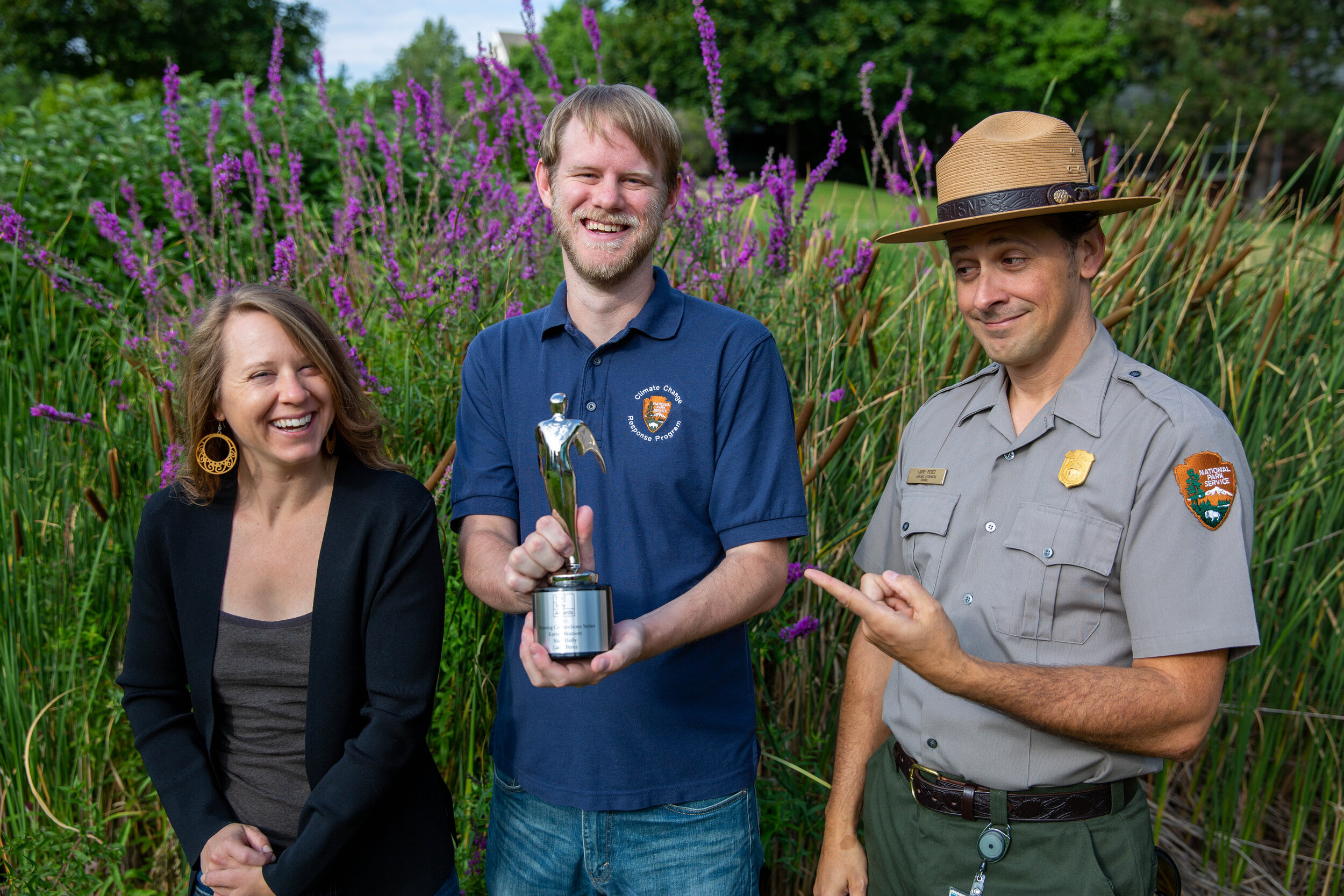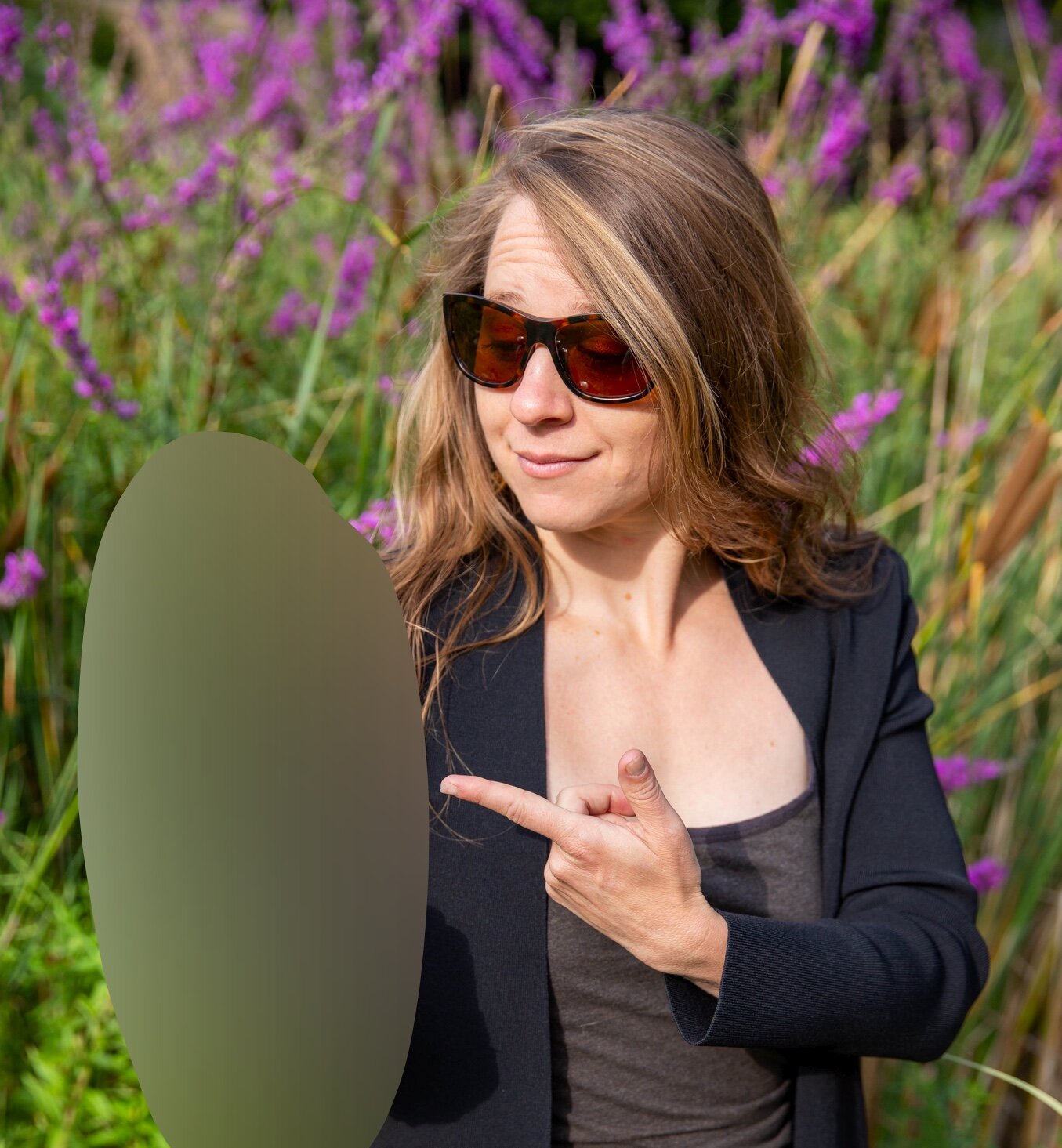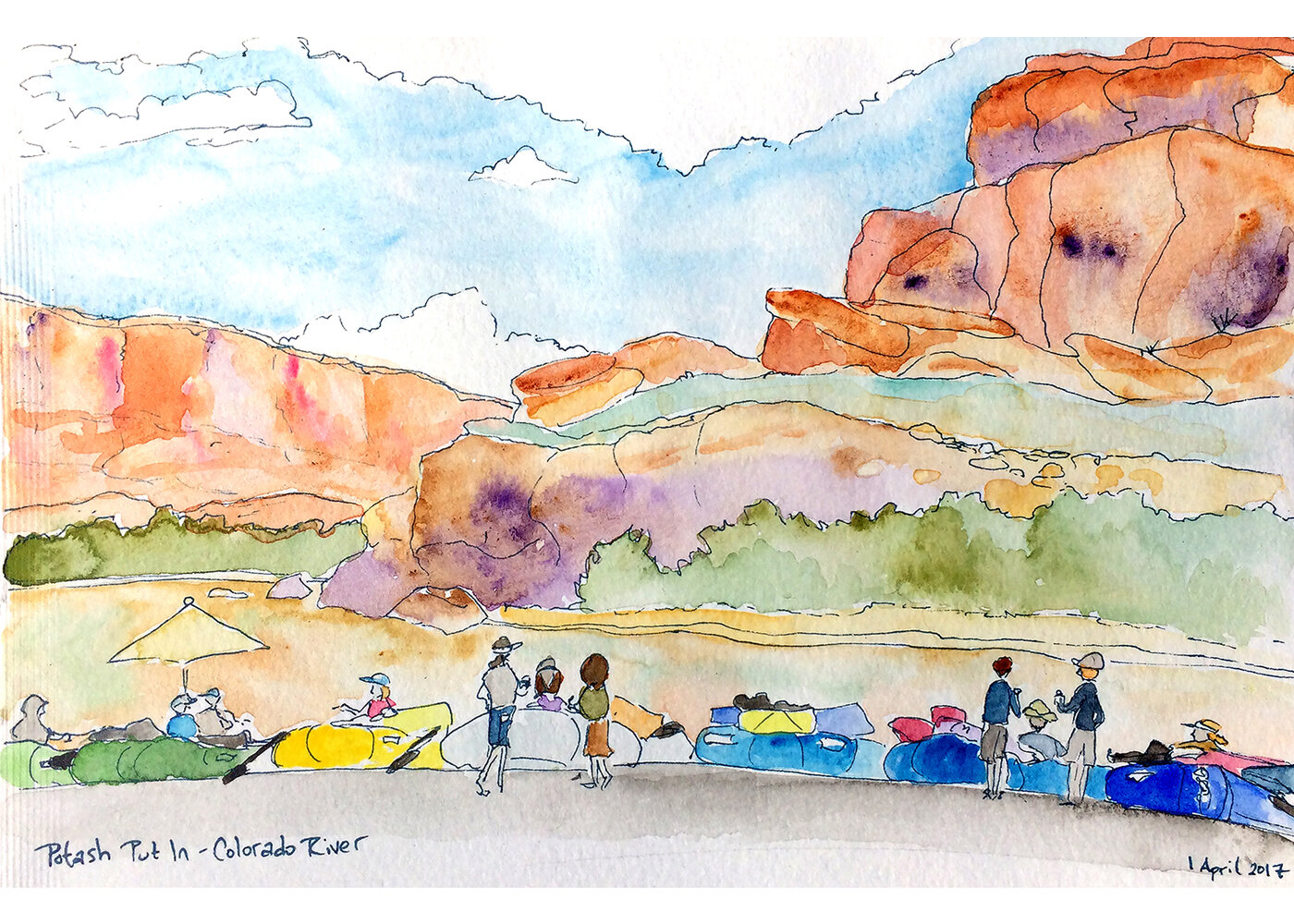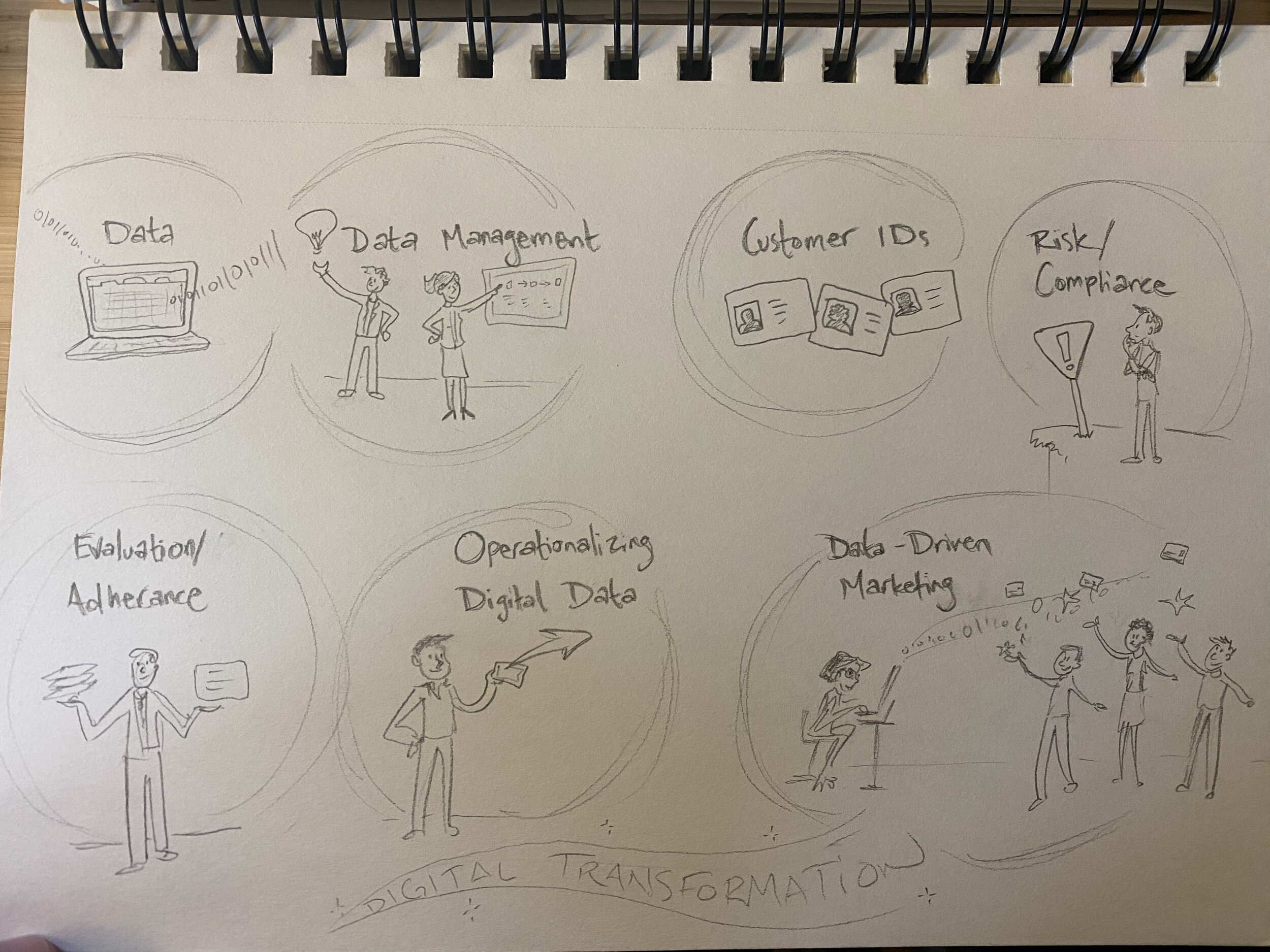I’m so proud to share that the National Park Service Drawing Connections to Climate Change illustrated video series won a 2021 Silver Telly award!
Who else won a Silver Telly in our Public Service & Activism category? Stephen Colbert. COLBERT.
These shorts tell stories of climate impacts in places and ways we don’t necessarily think of first – such as loss of cultural resources due to intense storms, or warming leading to an increased threat of avian malaria for rare birds.
What I love about the approach we took with these videos is that they tell it like it is: climate change is having some massive impacts on our beloved wild places. AND there are things each of us can do to minimize climate impacts! The series always ends asking the audience “Can you picture it?”, as a tool park interpreters can use to engage with visitors and imagine a future we want to see.
I am so delighted to be part of this team and would like to take a moment to send a major shout-out to Larry Perez and Matt Holly at NPS for championing this series and making darn good videos! Your skills are fire and it’s a joy to collaborate with you!
You can find the entire series as a playlist at NPS Climate Change Response Program’s YouTube channel, or browse the links below:
Our newest release is from Haleakala – avian malaria and climate change
Castillo de San Marcos, Florida – sea level rise and historic cultural resources
Organ Pipe Cactus, New Mexico – the historic Gachado Line Camp and intense storm cycles
Jean Lafitte, Louisiana – sea level rise and historic and natural resources
Yosemite, California – the importance of winter seasons for the park to rest
Summer Heat Safety – how to stay safe even when things heat up in National Parks
Cabrillo, California – ocean acidification and sea life in tide pools
And the very first Drawing Connections video from back in ’17 -- Fort Laramie, Wyoming – river flooding events and cultural resources
If you’d like to work together on an illustrated video, I’m currently booked out into spring of 2022. Get in touch if you’d like to discuss your project or be connected with another talented illustrator in my network.
Once again, thank you from my heart and soul for your support, great senses of humor, brilliant minds, collaboration and what you're each doing to make the world a better place.
Cheers,
Where in the Virtual World is ConverSketch?
Another New Video! This video for the National Park Service is designed to introduce a virtual field trip for students to learn about what brown bears eat when they emerge from hibernation, but the salmon haven’t started their run yet. CLICK THE IMAGE TO WATCH THE VIDEO.
Ute Mountain Ute Student Voices: The Tribe received a grant for after-school programming for youth, and are starting by gathering the kids’ ideas and interests before taking steps to begin creating the programs – here’s a snapshot of one focus group.
Graphic Facilitation: for a couple of teams right now. This is a custom element I’ve embedded into the Miro Board to support the multi-disciplinary team of researchers applying for an NSF grant to get on the same page about their approach and begin the process of writing up the complexity in a coherent way.






















































